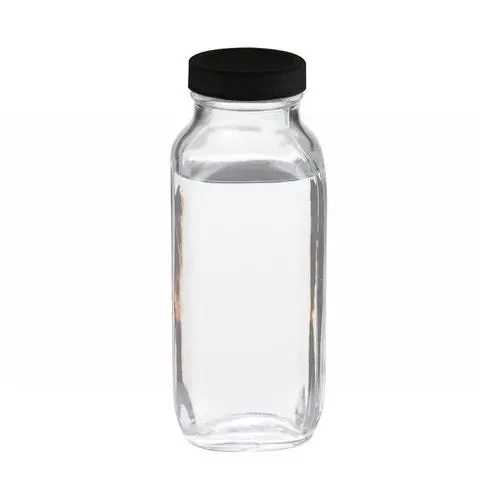The Versatility and Applications of Non-Ionic Polyacrylamide
Polyacrylamide, a synthetic polymer derived from acrylamide monomers, has garnered significant attention in various industrial and scientific fields due to its versatile properties. Among the various types of polyacrylamide, non-ionic polyacrylamide stands out due to its unique characteristics that make it highly valuable in diverse applications. This article delves into the nature of non-ionic polyacrylamide, its synthesis, properties, and applications in various sectors.
Understanding Non-Ionic Polyacrylamide
Non-ionic polyacrylamide is characterized by the absence of charged functional groups within its molecular structure, which differentiates it from its anionic and cationic counterparts. This property imparts unique solubility characteristics, stability, and compatibility with various substances, making it an ideal choice for numerous applications.
The synthesis of non-ionic polyacrylamide typically involves the polymerization of acrylamide in the presence of a non-ionic surfactant or monomer. This process can be carried out using various methods, including free-radical polymerization, which allows for control over molecular weight and polymer structure. The result is a polymer that exhibits excellent water solubility, enhancing its usability across different environments.
Properties of Non-Ionic Polyacrylamide
One of the defining properties of non-ionic polyacrylamide is its superior water retention capacity. This attribute makes it an excellent choice for applications requiring moisture conservation, such as in agriculture and horticulture. Furthermore, its non-ionic nature ensures that it does not interfere with the ionic balance of solutions or affect the biological activity of other components.
Additionally, non-ionic polyacrylamide possesses excellent thickening, flocculating, and dispersing abilities. These properties are particularly advantageous in industries such as wastewater treatment, where large volumes of particulate matter need to be efficiently removed.
Moreover, due to its high degree of solubility and stability, non-ionic polyacrylamide can function effectively across a wide range of pH levels and temperatures, adding to its appeal for industrial applications
.non ionic polyacrylamide

Applications in Various Sectors
1. Agriculture Non-ionic polyacrylamide is extensively used in agriculture for soil conditioning. It improves soil structure, enhances water retention, and reduces erosion. By forming a gel-like network, it retains moisture, facilitating crop growth and optimizing irrigation usage during dry periods.
2. Water Treatment In the water treatment sector, non-ionic polyacrylamide serves as a flocculant, aiding in the removal of suspended solids and clarification of water. Its ability to bind with particulates makes it an efficient agent in both municipal and industrial wastewater treatment processes.
3. Cosmetics and Personal Care The cosmetic industry employs non-ionic polyacrylamide as a thickening and stabilizing agent in creams, lotions, and gels. Its non-irritating nature makes it suitable for sensitive skin formulations, providing a smooth and desirable texture.
4. Paper and Pulp Industry Non-ionic polyacrylamide is utilized in the paper industry to improve the retention of fibers and fillers, enhancing the quality and strength of the final product. It contributes to better drainage and improved efficiency in the papermaking process.
5. Oil Recovery In the oil industry, non-ionic polyacrylamide is employed in enhanced oil recovery processes. Its gel-forming abilities help in the efficient recovery of oil from reservoirs, making it an essential component in the sector.
Conclusion
Non-ionic polyacrylamide is a multifunctional polymer with diverse applications across various sectors. Its unique properties, including water solubility, stability, and effectiveness as a flocculant and thickening agent, make it immensely valuable in agriculture, water treatment, cosmetics, and more. As research continues to explore the potential of non-ionic polyacrylamide, its role in innovation and advancement within these industries is likely to expand, confirming its significance in today’s technological landscape.

